Why do people like Flash villains so much? They’re arguably just as beloved as the Flashes themselves, and even many comics creators rank them as being among the best rogues galleries in comics.
There are many reasons for this, some of which simply come down to them being very memorable and entertaining characters, and in some cases even lovable (your mileage on the latter may vary, however). You might be surprised by how many dedicated fans there are of the Rogues and/or the Reverse Flashes. But there are other reasons for their popularity as well.
Firstly there are the villains’ powers or gimmicks, most of which complement or neutralize the Flashes’ speed. The Reverse Flashes obviously match the speed of their nemeses, allowing for some extraordinarily epic races and forcing the heroes to get faster or more creative with their powers. The Flash television series has shown this quite well, with Barry Allen being pushed to go ever faster to combat the superior speed of Eobard Thawne and Zoom. And many of the Rogues’ powers combat speed in some way by slowing down motion, such as Captain Cold’s cold gun and the Turtle’s kinetic black hole. Still others have devised inventive ways around the Flashes’ speed, such as Mirror Master’s near-magic mirror tech, the Top’s vertigo power, and the Pied Piper’s hypnosis. They’re all extremely well-suited to fighting the Flash, and are very good at what they do. Several of the Rogues have noted that fighting other heroes almost seems like it’s happening in slow motion because they’re so accustomed to combat with speedsters.
Another reason for the villains’ popularity is that they’re an excellent contrast for the Flashes’ heroism. The Reverse Flashes — particularly the obsessive Professor Zoom, who’s alternately been a tremendous fan of Barry Allen and at other times wanted to take his place — show us just how terrifying and awful the Flashes could be if they were bad people (or in Zoom’s case, deranged). The Reverse Flashes are a dark mirror to demonstrate the noble qualities of the heroes. This was especially hammered home when Professor Zoom murdered Barry’s mother and we saw that tragedy didn’t twist him as it did Hunter Zolomon.
In the same vein, the similarly poor upbringings of the Rogues and Wally West showcase the differences between them; Wally came from a broken home and still became a hero, while the Rogues became anti-social criminals and at least some attributed it to their dysfunctional early lives. Wally said of Double Down “Like most Rogues he blames his predicament on someone else”, and that seems to be the key difference between him and them.
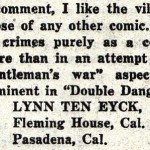 And finally, a major reason for the popularity of at least some Flash villains is the ‘gentleman thief’ aspect many of them embody. Not all of them are like this, of course, but the Rogues have held that appeal since the Silver Age (at left is a letter published in Flash v1 #132, circa 1962) and it’s only become more pronounced in the modern era with the establishment of Captain Cold’s Rogue Rules. Many fans like them for their principles even if they don’t always live up to them, but the Rogues are just as human and fallible as the rest of us. The fact that they even care about rules sets them apart from many other villains, and makes them distinctive and easier to root for. Readers can genuinely care about Captain Cold and want him to succeed when he has a set of ethics and refuses to cross certain boundaries.
And finally, a major reason for the popularity of at least some Flash villains is the ‘gentleman thief’ aspect many of them embody. Not all of them are like this, of course, but the Rogues have held that appeal since the Silver Age (at left is a letter published in Flash v1 #132, circa 1962) and it’s only become more pronounced in the modern era with the establishment of Captain Cold’s Rogue Rules. Many fans like them for their principles even if they don’t always live up to them, but the Rogues are just as human and fallible as the rest of us. The fact that they even care about rules sets them apart from many other villains, and makes them distinctive and easier to root for. Readers can genuinely care about Captain Cold and want him to succeed when he has a set of ethics and refuses to cross certain boundaries.
So there are good reasons for the enduring popularity of Flash villains amongst readers and creators, and their success is no accident. They’ve been well-crafted over the years to highlight the strengths and weaknesses of the Flashes, and are interesting characters in their own right. It’s been wonderful to see some of them finally appear in live action television over the past two years, and hopefully they’ll continue to be showcased and introduced to an entirely new audience in the years to come.


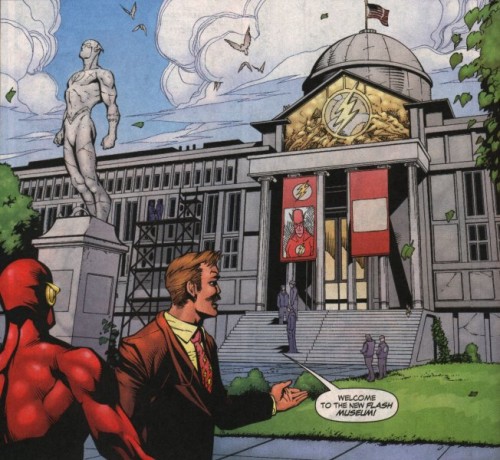
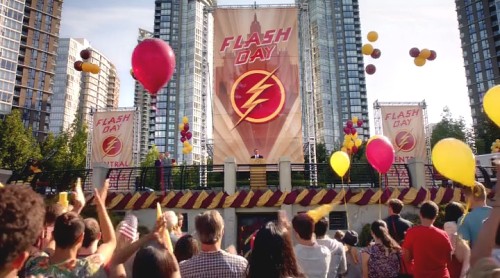
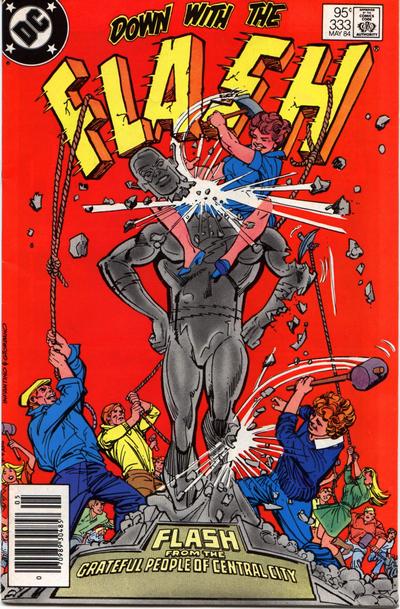
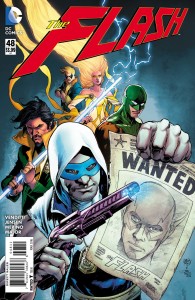 The Reverse Flash has been jailed, Henry Allen is now a free man, and the world is going to turn right back to normal, right? Let’s take a moment to praise…no, make that ARREST The Flash! Yes, the Flash’s troubles are far from over, as the Mayor has ordered the CCPD to set up a task force to take down the Scarlet Speedster. Joining that task force? None other than the Rogues! Before we say anything spoilery, let’s skip past the jump…
The Reverse Flash has been jailed, Henry Allen is now a free man, and the world is going to turn right back to normal, right? Let’s take a moment to praise…no, make that ARREST The Flash! Yes, the Flash’s troubles are far from over, as the Mayor has ordered the CCPD to set up a task force to take down the Scarlet Speedster. Joining that task force? None other than the Rogues! Before we say anything spoilery, let’s skip past the jump…